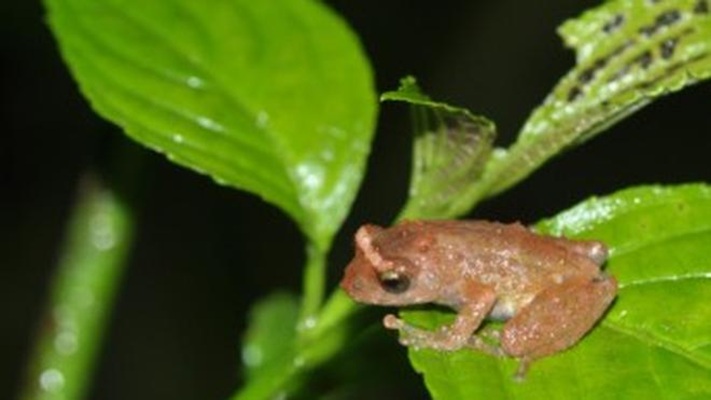Shillong: Thirteen new species of amphibians have been identified across Northeast India, scientists at the Wildlife Institute of India (WII) announced.
The discoveries span six states, with six species recorded in Arunachal Pradesh, three in Meghalaya, and one each in Assam, Mizoram, Nagaland and Manipur.
All belong to the genus Raorchestes, commonly known as bush frogs. Newly described species include R. lawngtalaiensis in Mizoram, R. barakensis in Assam, R. narpuhensis and R. boulengeri in Meghalaya, R. monolithus in Manipur, R. khonoma in Nagaland, and several species from Arunachal Pradesh such as R. eaglenestensis, R. magnus and R. nasuta.
The findings are the outcome of a comprehensive five-year taxonomic study (2019–2024) supported by the National Geographic Society and the Meghalaya Biodiversity Board.
The research team was led by WII PhD scholar Bitupan Boruah, herpetologist Dr Abhijit Das, and Dr Deepak Veerappan of the Natural History Museum, London, and Newcastle University, UK.
Researchers used acoustic analysis, genetic sequencing and morphological comparisons to identify the species.
ALSO READ: Meghalaya High Court halts demolition of historic Bidhan Bhavan
They also examined century-old museum specimens from the India–Burma region held in international collections, helping clarify long-standing classification gaps.
Sampling across 81 sites in eight northeastern states, including 25 protected areas, allowed the team to refine species distributions and synonymise four previously described species.
With these additions, the number of known bush frog species in India has risen from 82 to 95.
The study, published in the latest volume of Vertebrate Zoology, offers new insights into the tiny “tik-tik” bush frogs of the region and advances efforts to document the rich biodiversity of one of the world’s major ecological hotspots.















